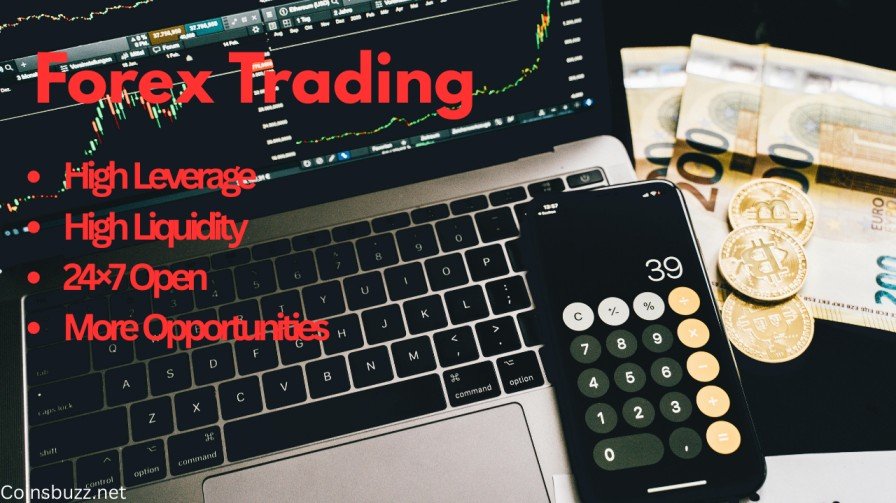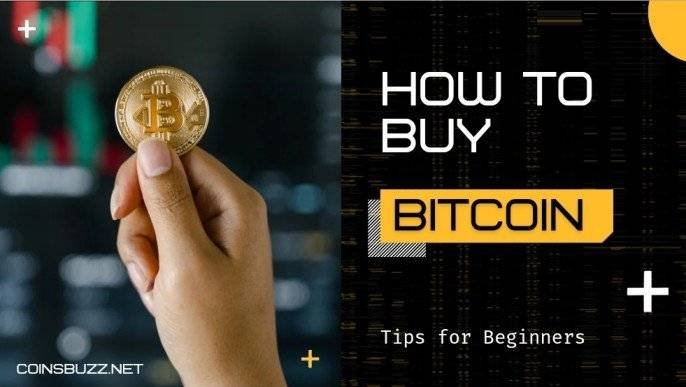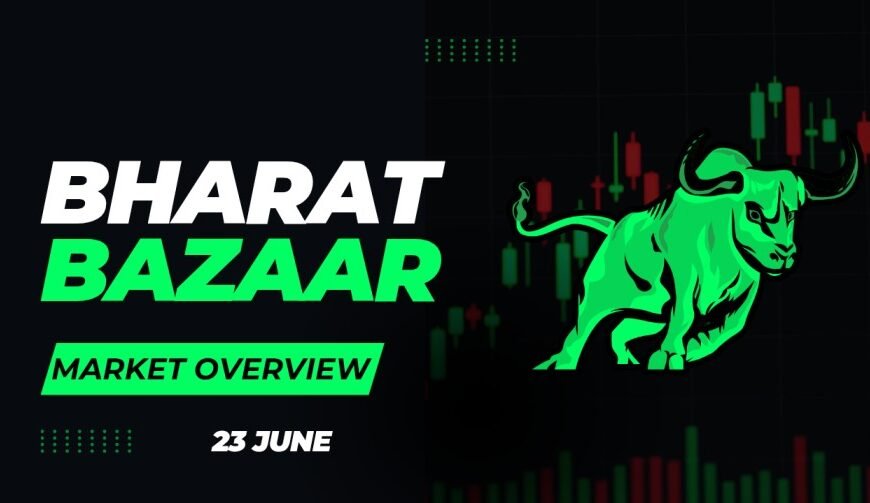How to Start Trading in Forex:
Introduction
Forex trading is one of the largest and most liquid financial markets in the world, with a daily trading volume exceeding $7.5 trillion. It offers immense opportunities, but for beginners, stepping into forex can seem overwhelming. Most newbies’ first question is how to start trading in forex. Today we will discuss about this.
If you’re wondering “How to start trading in forex,” this guide will walk you through the essential steps, from understanding the basics to executing your first trade.
1. What is Forex Trading?
Forex (foreign exchange) trading involves buying and selling currencies to profit from price fluctuations. Unlike the stock market, forex operates 24/5 and doesn’t rely on a central exchange.
For example:
If you believe the USD/EUR exchange rate will rise, you buy USD and sell EUR. If the price goes up, you can sell USD at a profit.

Key Features of Forex Trading:
✔ Highly Liquid Market – Easy to enter and exit trades.
✔ Leverage Trading – Small capital can control larger positions.
✔ 24/5 Market – Open throughout the week, allowing flexible trading hours.
2. Learn the Basics Before You Start
Before diving in, it’s essential to understand some key forex concepts:
Currency Pairs
Forex trading always involves two currencies. The first currency is the base, and the second is the quote currency.
Examples:
- EUR/USD – Euro against the US Dollar
- GBP/JPY – British Pound against the Japanese Yen
Pips & Spreads
- Pip (Percentage in Point): The smallest price movement in forex (e.g., 1 pip = 0.0001 in most currency pairs).
- Spread: The difference between the bid (buy) and ask (sell) price. Lower spreads mean lower trading costs.
Leverage & Margin
- Leverage allows traders to control large positions with a small deposit. (E.g., 1:100 leverage means a $100 deposit controls a $10,000 trade).
- Margin is the capital required to maintain a leveraged trade.
3. Choose a Reliable Forex Broker
Selecting the right broker is crucial. Here’s what to look for:
✔ Regulated Broker – Ensure the broker is licensed by FCA, CySEC, or ASIC.
✔ Low Fees & Tight Spreads – Lower costs mean higher profits.
✔ User-Friendly Trading Platform – MetaTrader 4 (MT4) and MetaTrader 5 (MT5) are popular choices.
✔ Demo Account – Allows risk-free practice before using real money.
Recommended Brokers: IC Markets, Pepperstone, and FXTM (always check reviews).
4. Set Up Your Trading Account
Once you’ve chosen a broker, follow these steps:
1️⃣ Register & Verify Your Account – Submit KYC documents.
2️⃣ Deposit Funds – Start with a small amount ($100-$500 is ideal for beginners).
3️⃣ Choose a Trading Platform – Install MT4, MT5, or cTrader.
4️⃣ Open a Demo Account – Practice trading with virtual money before investing real funds.
5. Learn Forex Trading Strategies
Beginners should focus on simple yet effective trading strategies: Learn More About Forex Trading Strategies
A. Trend Following
✔ Trade with the trend, not against it.
✔ Use indicators like Moving Averages (MA) and Relative Strength Index (RSI) to confirm trends.
B. Support & Resistance Trading
✔ Identify price levels where the market reverses frequently.
✔ Buy at support, sell at resistance.
C. Scalping vs. Swing Trading
✔ Scalping – Short-term trades lasting minutes.
✔ Swing Trading – Holding trades for days to weeks, suitable for beginners.
6. Risk Management in Forex
Risk management is key to long-term success. Here’s how to protect your capital:
✔ Never Risk More Than 1-2% Per Trade – A small loss won’t wipe out your account.
✔ Use Stop-Loss Orders – Automatically exits losing trades to prevent large losses.
✔ Avoid Over-Leverage – Using excessive leverage can wipe out your account quickly.
Example: If you have $1,000, risk only $10-$20 per trade (1-2%).
7. Start Trading Live
Once comfortable with a demo account, transition to live trading with small amounts.
✔ Stick to a Trading Plan – Define entry, exit, and risk management rules.
✔ Keep a Trading Journal – Track your trades and learn from mistakes.
✔ Stay Updated on Market News – Follow economic events that impact currency prices.
Websites like Investing.com and Forex Factory provide real-time news and economic calendars.
Conclusion
Starting forex trading requires knowledge, practice, and discipline. By learning the basics, choosing a reliable broker, and applying risk management, you can build a strong foundation.
If you’re serious about forex trading, start with a demo account today and gradually move to real trading with a clear strategy and risk management plan.
Happy Trading!
Disclaimer
The information given by us is only for knowledge purpose, we do not force anyone to do trading. Trading is a high risk high reward thing, there can be financial loss in it, please be careful and take advice from financial adversaries.











Forex market is better than crypto because there are small movements in it, which is more understandable, there is a lot of movement in crypto, it is difficult to capture or find a best trade.